
Apparently, Flying Snakes Are Now A Thing And It Proves That 2020 Isn’t Done With Us Yet
InterviewSnakes are called nope ropes on the internet for a reason. They are sneaky and don’t discriminate on who (or what) to have for lunch. Many are venomous so even if you do fight one off, the venom might get you, and they can be found on practically every continent, making them somewhat unavoidable.
Well, just when you thought 2020 couldn’t get any worse, people have begun to find out that there are flying nope rop– I mean snakes. Yes, flying snakes that have no problems gliding through the air like many airborne animals. Though some dread that we still have six months left in 2020 and now there’s flying snakes in the mix, others rejoice in this news.
Many have just found out that there are snakes that can glide through the air and scientists are studying how they do it
Image credits: Jake Socha
So, flying snakes (Lat. Chrysopelea) is a small group—5 species—of snakes primarily found in the area from South-East Asia to Southernmost China, India, and Sri Lanka. They are mildly venomous, but the venom is most dangerous to the small prey it hunts—namely lizards, rodents, frogs, birds, and bats.
So, a unique feature of these snakes (compared to other species of snakes) is that they have the ability to glide through the air. Since flying snakes live in trees, it’s no problem for them to get up and thus prepare themselves to glide.
What they effectively do is they lean off of a branch, spring off it, thrusting themselves into the air, in which they start to “undulate”—do this left and right motion, as if crawling on land, and soaring to their destination.
Researchers from Virginia Tech released a study that examines how flying snakes actually glide through the air
Image credits: Jake Socha
Apparently, they can flatten their bodies and undulate (zigzag) to slow down falling, thus increasing their gliding distance and maintaining stability
Image credits: Michael Diersing
Researchers from Virginia Tech are trying to find out more about this rather unique ability of the flying snakes, namely the paradise tree snake (Lat. Chrysopelea paradisi). And, as it turns out, as it’s leaping into the air, it transforms its body—from a rounded, cylinder-like shape into a flat one. Bored Panda reached out to Dr. Jake Socha, senior author of the study, for an interview on the matter.
Dr. Jake Socha is a Professor at the Department of Biomedical Engineering and Mechanics in Virginia Tech. He’s been conducting research on mechanical animal function and comparative biomechanics for over 20 years now.
“It’s kind of akin to what a cobra looks like from behind. When a cobra hoods up, that hood there is formed by its ribs. And in the flying snake, what it does is it moves those ribs to the side and forward toward the head, and effectively what it does is it doubles its width,” explained Dr. Socha.
Researchers built testing grounds where they stuck some motion capture tech on a snake to study its glide
Image credits: Isaac Yeaton, Shane Ross, Grant Baumgardner and Jake Socha
By expanding and flattening its body, it effectively creates more resistance when falling, allowing it to fall slower and hence glide forward for extended distances. Besides this, it also undulates, which increases the stability whilst hovering in the air. Otherwise, it would just be falling.
This is interesting to researchers as snakes are essentially ropes that have no arms, legs, wings or any other bodily parts that would allow them to glide. From a scientific standpoint, their body is virtually the worst shape possible for gliding (only second to a sphere), yet they manage to pull it off. The aerodynamics and bodily mechanics are what interest researchers the most here.
“Two major features of how flying snakes glide is their body shape that they transform into, and their swimming-like undulatory motion in the air. We had data on the aerodynamics of the shape, but lacked any understanding of the function of the undulation,” explained Dr. Socha the motivation behind the recent study.
Thanks to this, they have managed to make a 3D model and simulate the movement on a computer
Image credits: Isaac Yeaton, Shane Ross, Grant Baumgardner and Jake Socha
In their study, Isaac Yeaton, Jake Socha, and their colleagues used motion capture technologies—the same ones that are used in Hollywood films. They put markers on the snake’s body and tracked its movement in a 3D space.
They set up testing grounds with a branch on one end and a tree in the middle, effectively giving the snake a comfortable launch point and a destination. This effectively allowed them to come with a 3D model for its movement pattern for further testing. And, as it turned out, if it weren’t to undulate, it wouldn’t be able to cover as much distance as it did.
As is the case with many experiments, this one had its own challenges, as explained Dr. Socha: “The most challenging part of the study was definitely the experimental part with the live snakes. We had to put tape markers on the snakes and then convince them to glide in an artificial environment, indoors, in a giant room with white foam padding on the ground.”
Tests showed that undulation is meant to keep the snake stable in the air while also increasing its travel distance
Image credits: Isaac Yeaton, Shane Ross, Grant Baumgardner and Jake Socha
Besides solving a long-lasting mystery, i.e. understanding how flying snakes glide, their bodily movement, and developing a full model, among other things, the results can also be translated into robotics. This unique movement pattern has become an inspiration for robotics as it has enabled robots to move on sand, swim, and even move through rough environments. Now, studying it further might help them with gliding and maintaining stability whilst doing so.
As mentioned previously, there are currently 5 species of flying snakes. We’ve asked Dr. Socha if there is a chance that this unique ability to glide might have a say in the development of further species of flying snakes. He had this to say:
“In general, evolving the ability to glide can help to promote speciation. The snakes have an advantage over other snakes—they can take off if a predator is trying to get them. But the habitat where these snakes live has been rapidly altered or destroyed over the past decades. With less room to live and fewer snakes around, there are simply fewer chances to evolve.”
Besides understanding how flying snakes glide, the study’s results can also be applied to robotics
Image credits: Jake Socha
And this isn’t the end as the researchers plan on continuing their studies further, namely the flying snake’s aerodynamics and sensory systems:
“We are aiming to study the aerodynamics of the snake’s movements in detail, in 3D. And we’re also interested in how their sensory systems might contribute to their ability to control their glide. And yes, there is so much more to do!” explained Dr. Socha.
Check out this video detailing the study and showing some flying snakes in action
Image credits: nature video
Now, many people on the internet weren’t all too happy to find out that some snakes can glide through the air like a bird—and that is quite understandable—but flying snakes have been known to us for quite a while now—as early as the 18th century, in fact. Each of the species were discovered in the order as follows: the twin-barred tree snake or banded flying snake in 1758, the golden tree snake or ornate flying snake in 1802, the paradise tree snake and the Moluccan flying snake in 1827, and the Sri Lankan flying snake in 1943.
What are your thoughts on this? Do you prefer your snakes to stay on the ground, or do you think it is super cool? Let us know in the comment section below!
Despite scientists rejoicing in the findings, the internet wasn’t all too happy to find out there are flying snakes
Except for this guy—he welcomes flying snakes
What are your thoughts on this? Do you prefer your snakes to stay on the ground, or do you think it is super cool? Let us know in the comment section below!
What is this nonsense?! Flying (actually, "gliding") snakes are known to western scientists since the 18th century, 1750--1820 most species were described. The news item is not that some snakes fly, the news item is a study of the physics behind is. Other gliding animals: Lizards (Draco volans), geckos (Ptychozoon), squirrels (sugar gliders), and birds and bats of course.
I was wondering as well, I read about these years ago.
Load More Replies...I can't wait to look up in the sky and see a wiggling noodle just wiggling about in the clouds
Seriously. I have been fishing for 40 years. You always watch the trees when you fish Incase a snake is there. They don't fly they drop. Stop making stuff sound like it's apocalyptic.
"flying snakes (Lat. Chrysopelea) is a small group—5 species—of snakes primarily found in the area from South-East Asia to Southernmost China, India, and Sri Lanka." It always helps to read a piece before commenting. (Unless you do all of your fishing in the areas where the flying snakes are endemic...)
Load More Replies...Anyone remember how naïve we were when we thought 2019 was the worst year of all? How quaint... Yes I’ve seen a video or nature show with these. I’m happy they don’t live anywhere near me. Isn’t nature fascinating and wonderful. Adaptation is so cool. Mother Nature is brilliant. Well, not always. : )
Knew about this. So do many others. Same with many other animals learned to travel through the air. Interesting, but not new at all.
Well that’s just dandy. Next thing you know, the snakes will be teaching spiders how to fly. I’m outta here!
Spiders already know how to fly: they throw their silk thread in the air and wait for the currents to take them off.
Load More Replies...This article is kinda rude. SOME people LIKE snakes like ME. also, flying snakes were discovered long before 2020. Plus I don’t think they are just going to fly at humans and attack us for no reason at all.
Sooooooooooo how did they figure this out did they fr just yeet a snake into the air and see what happens??
Just want to say to you all There are flying Spiders in Australia So flying snakes First the July Next month im telling there is going to be flying spiders or a gisnt chicken coming out of the ocean shooting lasers at us and eating us whole so dont get your hopes up
I'd like to design a robotic snake with an airfoil cross-section that flies (not just glides) by generating lift with rapid undulation.
Wow they're actually quite beautiful.still wouldn't want one flying towards my face though.
Right, so flying/gliding/gracefully falling snakes is No. 2 on my list of things I will prolly never see yet will be absolutely terrified of for life. No. 1's quicksand!!
You will not sink bryond your throat in quicksand , so chances are even if you get caught in it you can 'swim' out
Load More Replies...No all scientists study viruses. You clearly did not watch the video or understand how studying the aerodynamics can be beneficial.
Load More Replies...What is this nonsense?! Flying (actually, "gliding") snakes are known to western scientists since the 18th century, 1750--1820 most species were described. The news item is not that some snakes fly, the news item is a study of the physics behind is. Other gliding animals: Lizards (Draco volans), geckos (Ptychozoon), squirrels (sugar gliders), and birds and bats of course.
I was wondering as well, I read about these years ago.
Load More Replies...I can't wait to look up in the sky and see a wiggling noodle just wiggling about in the clouds
Seriously. I have been fishing for 40 years. You always watch the trees when you fish Incase a snake is there. They don't fly they drop. Stop making stuff sound like it's apocalyptic.
"flying snakes (Lat. Chrysopelea) is a small group—5 species—of snakes primarily found in the area from South-East Asia to Southernmost China, India, and Sri Lanka." It always helps to read a piece before commenting. (Unless you do all of your fishing in the areas where the flying snakes are endemic...)
Load More Replies...Anyone remember how naïve we were when we thought 2019 was the worst year of all? How quaint... Yes I’ve seen a video or nature show with these. I’m happy they don’t live anywhere near me. Isn’t nature fascinating and wonderful. Adaptation is so cool. Mother Nature is brilliant. Well, not always. : )
Knew about this. So do many others. Same with many other animals learned to travel through the air. Interesting, but not new at all.
Well that’s just dandy. Next thing you know, the snakes will be teaching spiders how to fly. I’m outta here!
Spiders already know how to fly: they throw their silk thread in the air and wait for the currents to take them off.
Load More Replies...This article is kinda rude. SOME people LIKE snakes like ME. also, flying snakes were discovered long before 2020. Plus I don’t think they are just going to fly at humans and attack us for no reason at all.
Sooooooooooo how did they figure this out did they fr just yeet a snake into the air and see what happens??
Just want to say to you all There are flying Spiders in Australia So flying snakes First the July Next month im telling there is going to be flying spiders or a gisnt chicken coming out of the ocean shooting lasers at us and eating us whole so dont get your hopes up
I'd like to design a robotic snake with an airfoil cross-section that flies (not just glides) by generating lift with rapid undulation.
Wow they're actually quite beautiful.still wouldn't want one flying towards my face though.
Right, so flying/gliding/gracefully falling snakes is No. 2 on my list of things I will prolly never see yet will be absolutely terrified of for life. No. 1's quicksand!!
You will not sink bryond your throat in quicksand , so chances are even if you get caught in it you can 'swim' out
Load More Replies...No all scientists study viruses. You clearly did not watch the video or understand how studying the aerodynamics can be beneficial.
Load More Replies...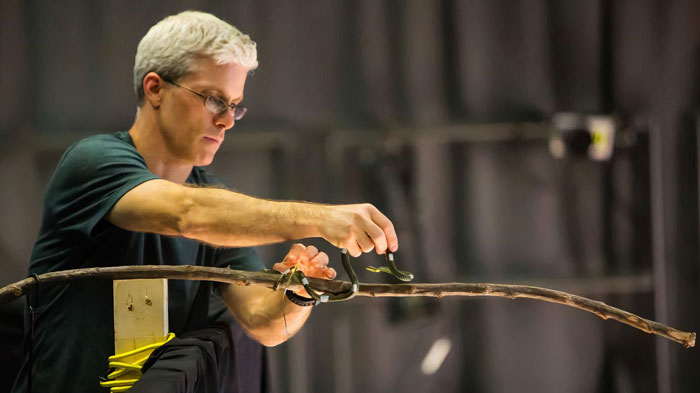
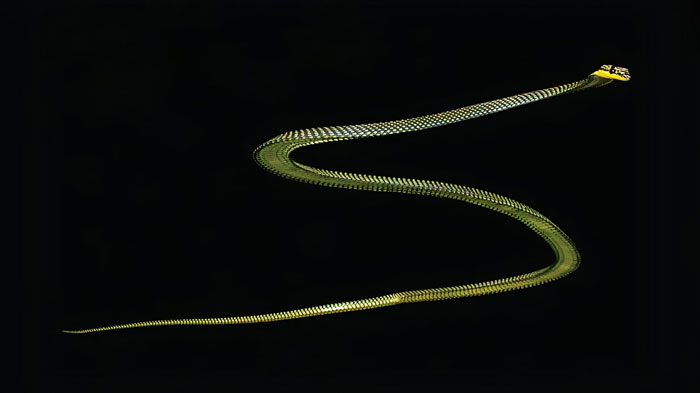

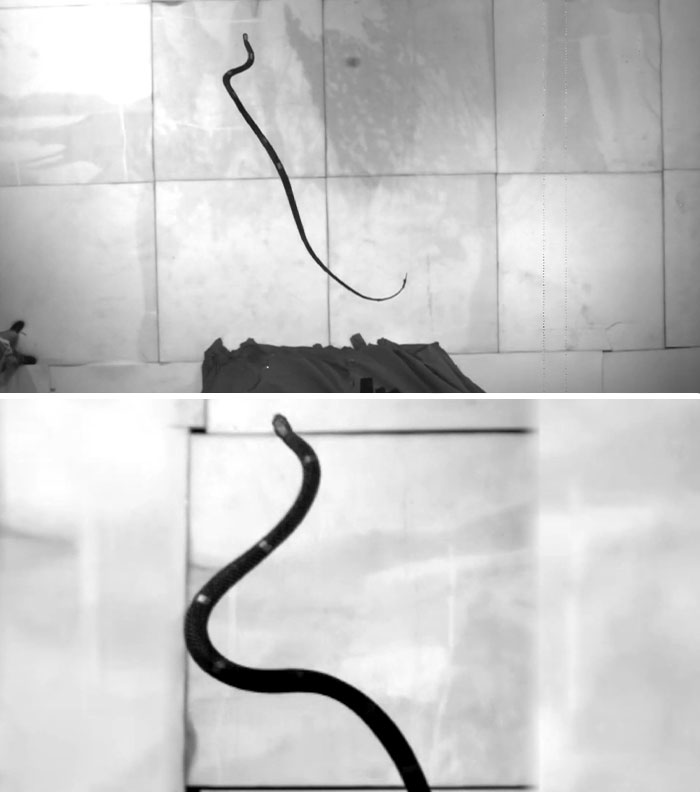
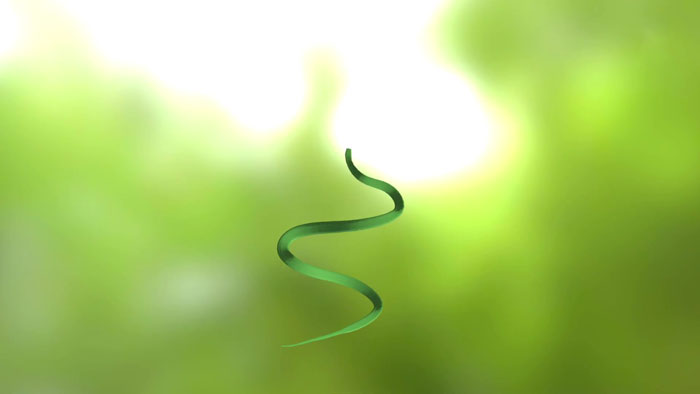
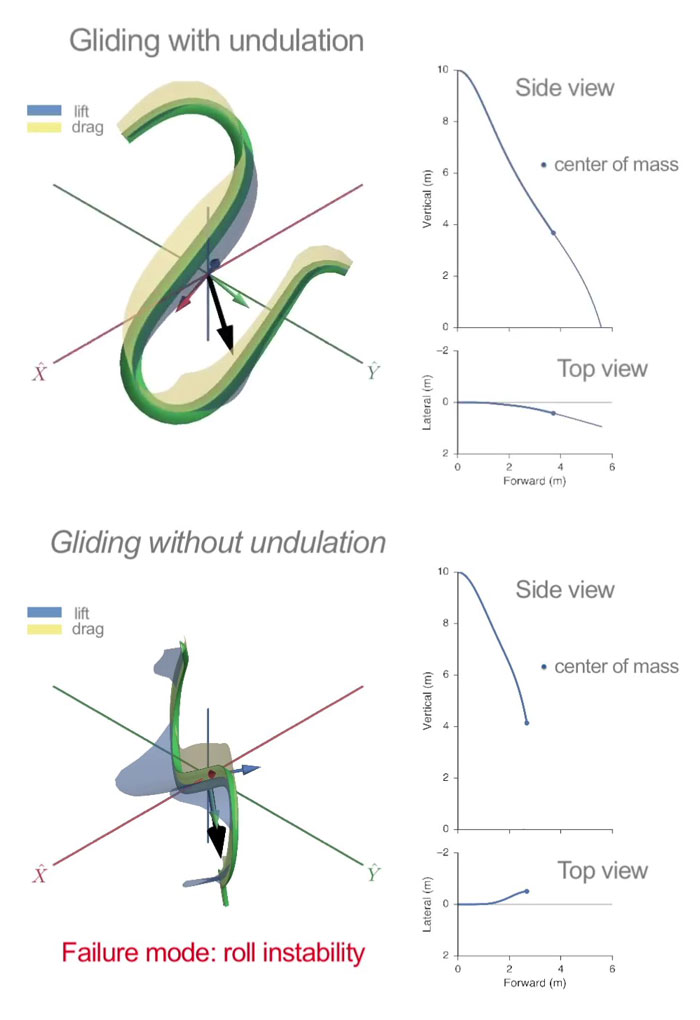
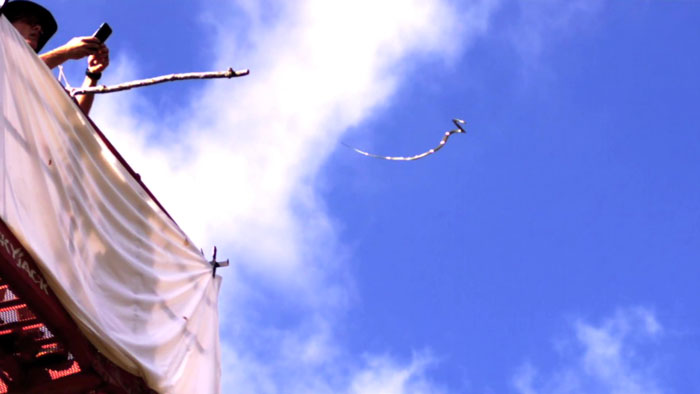















117
50